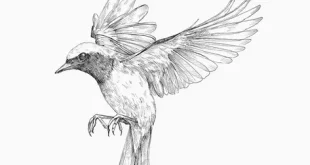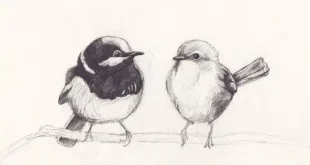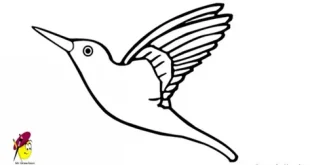Title: Why Are Baby Sparrow Important for the Ecosystem in the USA
- The Beginning of a Baby Sparrow’s Life
Baby Sparrow, known as chicks, begin their journey in small, well-hidden nests crafted by caring parent birds. These tiny creatures hatch after about two weeks of incubation, emerging blind, featherless, and completely dependent. During their early days, they rely on warmth and gentle feeding from their parents. In the USA, Baby Sparrow are a common sight in spring, often found in trees, rooftops, and gardens. Their parents tirelessly bring insects and worms to nourish them, helping their fragile bodies grow stronger each day. This vulnerable stage is crucial for their survival and future development, shaping their instincts for flight, foraging, and social behavior.
2. Baby Sparrow Feeding Patterns and Nutrition of Young Sparrows
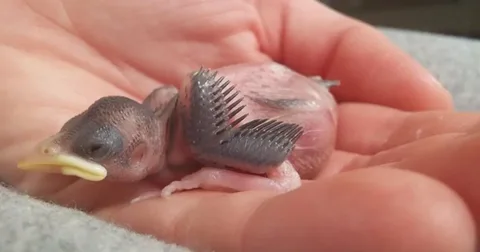
The diet of Baby Sparrow plays an essential role in their healthy growth and survival during early life. Initially, parents provide a protein-rich meal of insects, which ensures strong muscles and bone development. As they grow older, small seeds and grains are gradually added to their meals. In the USA, wildlife rescuers who care for abandoned chicks prepare special feeding formulas that mimic natural nutrition. Feeding takes place frequently, sometimes every twenty minutes in the first days of life. Proper nutrition helps baby sparrows develop feathers, strengthen their wings, and build energy for fledging. Balanced meals also boost their immune systems, allowing them to adapt better to changing environments around American backyards and urban areas.
3. Learning to Fly and Explore the Surroundings
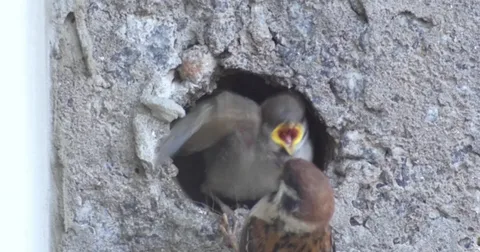
Flight training is one of the most exciting and challenging stages in a Baby Sparrow development. Around two weeks after hatching, their feathers begin to form, signaling readiness for short practice flights. At this stage, they hop around the nest, stretching wings and improving coordination under watchful parental guidance. In the USA, many nature observers find joy in seeing young sparrows take their first flights during late spring. This learning phase builds their confidence and independence, allowing them to explore trees, gardens, and open skies safely. The process also strengthens their survival instincts, teaching them to search for food, avoid predators, and navigate their surroundings effectively.
4. Baby Sparrow Social Behavior and Communication Among Fledglings
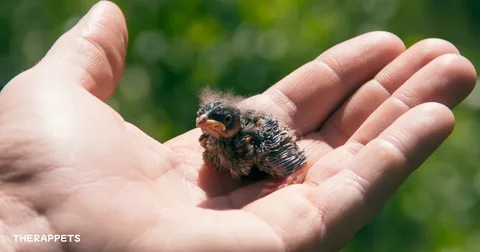
Baby sparrows are naturally social birds that learn to communicate through soft chirps and rhythmic movements. After leaving the nest, they continue to stay near their parents, forming small family groups. Within these groups, they learn essential social behaviors, such as sharing food sources and responding to warning calls. In the USA, these gatherings are often observed near homes and parks where sparrows interact with each other energetically. Their soft songs and calls gradually develop into recognizable adult tones. Social bonding during this period helps them adjust to larger flocks later in life. This early communication not only strengthens community ties but also improves their chances of survival in diverse American habitats.
5. Caring for Baby Sparrow in the USA
Caring for baby sparrows requires compassion, patience, and proper knowledge of their delicate needs. If a young sparrow is found abandoned, local wildlife centers across the USA recommend contacting licensed rehabilitators instead of handling them directly. However, if temporary care is needed, warmth, hydration, and suitable feeding schedules are vital. Safe nesting materials and soft bedding can mimic a natural environment. Bird enthusiasts in the USA also ensure clean surroundings and minimal human interference for comfort and growth. Veterinary checkups and proper dietary guidance can help them recover quickly. Once fully feathered and able to fly, they are gently released back into the wild, where they continue the natural cycle of life and freedom.
6. Early Life of Baby Sparrows in the USA
Baby sparrows, also known as chicks, are among the most heartwarming sights found across the USA’s neighborhoods and gardens. These tiny birds hatch after about two weeks of incubation, covered in soft down feathers and completely dependent on their parents. Both the mother and father sparrow work tirelessly to feed them insects and seeds, ensuring healthy growth. During their first few weeks, the chicks remain safely in the nest, gaining strength and warmth from their parents. As they grow, their feathers darken, and they begin learning to stretch their wings. The early life of a baby sparrow reflects dedication, care, and the strong bond shared between parent birds in nature.
7. Growth and Learning Journey of Baby Sparrows in the USA
As baby sparrows grow stronger, they start exploring their surroundings under the close watch of their parents. Around two to three weeks old, they begin practicing short flights near the nest. This stage is crucial for building confidence and flight skills needed for independence. Parents continue guiding them, teaching where to find food like grains and small insects. In parks and backyards across the USA, their cheerful chirping brings life and energy to the environment. Baby sparrows symbolize new beginnings, hope, and the beauty of growth in nature. Their journey from helpless chicks to confident fliers shows the amazing resilience of these small yet remarkable birds.
 Birds Drawing Birds Drawing
Birds Drawing Birds Drawing

